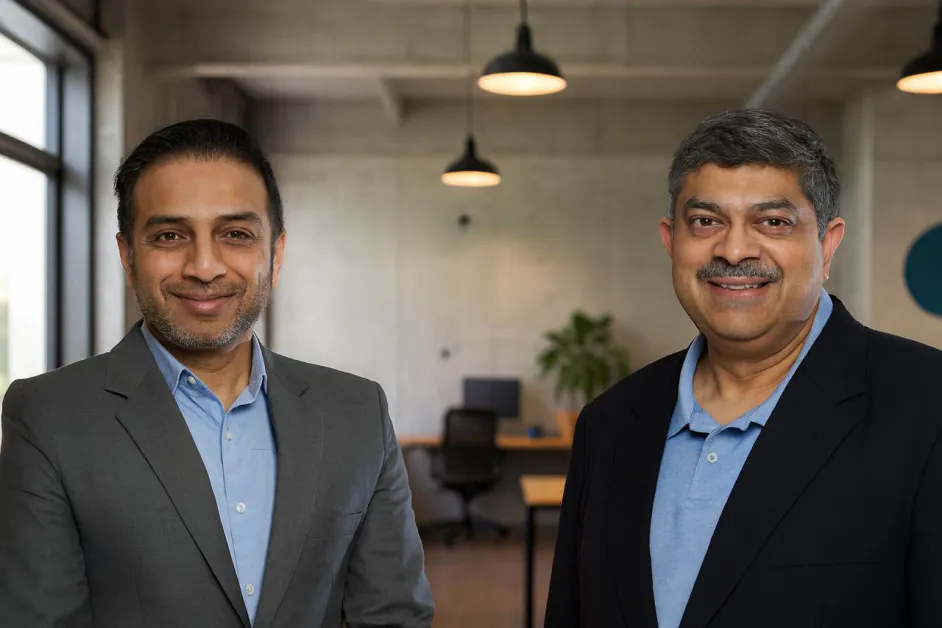人工智能
CoreStory 推出 AI 驱动的代码智能,释放遗留系统的价值

CoreStory today announced the launch of its AI-powered Code Intelligence platform, a system designed to transform decades-old code from a liability into a strategic advantage. By automatically surfacing the hidden business logic and architectural insights buried in legacy systems, CoreStory aims to help enterprises modernize, maintain, and extend their applications with clarity and confidence.
The Legacy Code Challenge
For most enterprises, 遗留软件 is both the backbone of operations and the biggest barrier to change. Systems that power financial transactions, logistics networks, healthcare platforms, and even national infrastructure were often written decades ago, sometimes in languages that few engineers still actively use. They remain critical, but the knowledge of how they work—or why they were designed a certain way—has long since left with the developers who wrote them.
Modernization projects are, as a result, among the most daunting in IT. Conventional approaches involve teams of experts painstakingly reviewing code line by line to reconstruct business rules and technical dependencies. This reverse-engineering effort often takes 18 months or longer, with enormous cost and risk of failure. It’s no wonder many enterprises choose to simply “make do” with their outdated systems, layering patches on top rather than attempting wholesale upgrades. But the cost of inertia is high: slowed innovation, rising maintenance expenses, and the inability to integrate with modern, cloud-native architectures.
From Stagnation to Code Intelligence
CoreStory is positioning itself as a breakthrough in this space. Instead of relying on months of manual effort, its platform leverages an ensemble of large language models combined with static analysis to analyze millions of lines of code in hours. The output is a comprehensive Intelligence Model that maps not only the structure of the application, but also its business logic, data flows, dependencies, and even the original developer intent.
This shift changes the modernization conversation from guesswork to evidence-based action. Rather than spending the first year of a project just trying to understand what the system does, teams can jump directly into modernization with a clear, machine-generated blueprint of their software.
作为创始人兼首席执行官 阿南德·库尔卡尼 explained, the approach allows teams to reduce requirements-gathering from months or years to mere hours—freeing them to focus on innovation rather than archaeology.
More Than Documentation
What makes CoreStory notable is that it doesn’t just generate static documentation—it provides living context. Teams can query the system in natural language, asking questions like “Which modules handle payments?” or “What dependencies does this API rely on?” Developers can then act with confidence, knowing that the hidden business rules and interdependencies have been mapped out.
CoreStory highlights four key use cases for its platform:
- 旧版应用程序现代化 – Accelerating replatforming and refactoring by revealing business rules and dependencies.
- 应用程序维护 – Pinpointing where and how to modify source code without breaking hidden dependencies.
- 人工智能辅助编码 – Giving coding agents richer context, so AI-generated code aligns with the existing architecture.
- 开发人员入职 – Reducing ramp-up time for new hires by providing an immediate, interactive blueprint of the system.
为什么重要
The broader implication of this launch is not just faster modernization—it’s a redefinition of how enterprises interact with their own code. For decades, organizations have treated legacy systems as opaque black boxes, too risky to touch. CoreStory challenges that assumption by making those systems transparent and knowable.
And the timing couldn’t be more relevant. Development workflows are rapidly shifting toward AI-driven and collaborative environments such as 复制 and other “vibe coding” platforms. In these spaces, developers can spin up prototypes, generate new functionality on the fly, and collaborate in real time with AI copilots. The downside, however, is that without deep context, generated code can easily be brittle, redundant, or incompatible with the larger system.
This is where CoreStory’s intelligence model could become transformative. By feeding detailed architectural and business insights into vibe coding platforms, developers gain a shared foundation for experimentation. Imagine opening a Replit workspace connected to a decades-old banking system: instead of starting blind, the AI agent could explain the dependencies, surface relevant business rules, and even suggest safe integration points. Developers could focus on building new features rather than deciphering old ones.
The future suggested by this combination is one where modernization, maintenance, and innovation converge. Instead of treating legacy code as a burden that must be untangled before new work can begin, enterprises could fold modernization into their everyday development process. Adding a new feature, fixing a bug, or experimenting with AI-generated functionality would automatically benefit from the clarity provided by CoreStory’s intelligence model.
In effect, CoreStory is paving the way for a world where legacy systems and next-generation tools work in harmony. Enterprises will no longer face a stark choice between maintaining the old or building the new. Instead, they can continuously evolve, guided by a transparent understanding of their code.
This isn’t just about solving yesterday’s problems—it’s about shaping tomorrow’s practices. As AI-assisted coding becomes the norm, the organizations that thrive will be those that know their code inside and out. CoreStory’s launch suggests a future where clarity, speed, and adaptability are no longer competing priorities but the foundation of modern software development.












